Our training provides comprehensive tecnical knowledge both of theory and practice and certification of personnel according to ISO 9712
NDTs Industry:
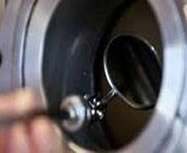
The non-destructive control with visual method involves the assessment by a qualified technician of any faults or imperfections on the pieces' surface, even on welded pieces, both to the naked eye and with the aid of specific support instrumentation. The tools for visual inspection include mirrors or magnifying lenses for the direct control method, as well as fiberscopes, borescopes and endoscopes for the indirect control method. |
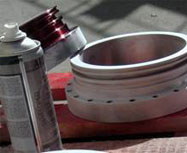
The non-destructive control through dye penetrant inspection (DPI), also called liquid penetrant inspection (LPI), is used by a qualified technician to locate discontinuities or anomalies on material surfaces, even on welded pieces, through the use of a highly penetrating dye or liquid and the application of developing agents as means of detection, to make any defects on the surface visible. |
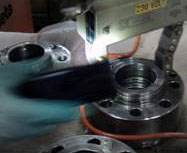
The non-destructive testing with magnetic particles consists of the evaluation by a qualified technician of any defects or imperfections in the surface or sub-surface of the pieces, even if welded, with the use of appropriate coloured or fluorescent suspensions of ferromagnetic particles to induce a magnetic field in a ferromagnetic material. |
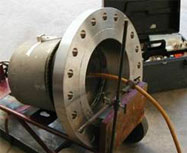
The radiographic non-destructive testing is conducted to obtain the volumetric image of a piece or component, even if welded, by acquiring an x-ray image (on a film or plate) and assessing it to detect any differences in radiation absorption in the material's thickness . |
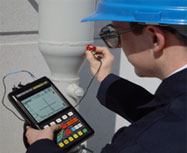
The non-destructive testing with ultrasound uses high frequency sound energy to conduct examinations and measure the changes in the properties of the reflected waves. This allows to detect the presence of flaws in the tested materials and welds, identify them and measure their dimensions, to determine whether their presence is acceptable or the material is to be repaired, according to the applicable procedures and acceptance criteria. |


